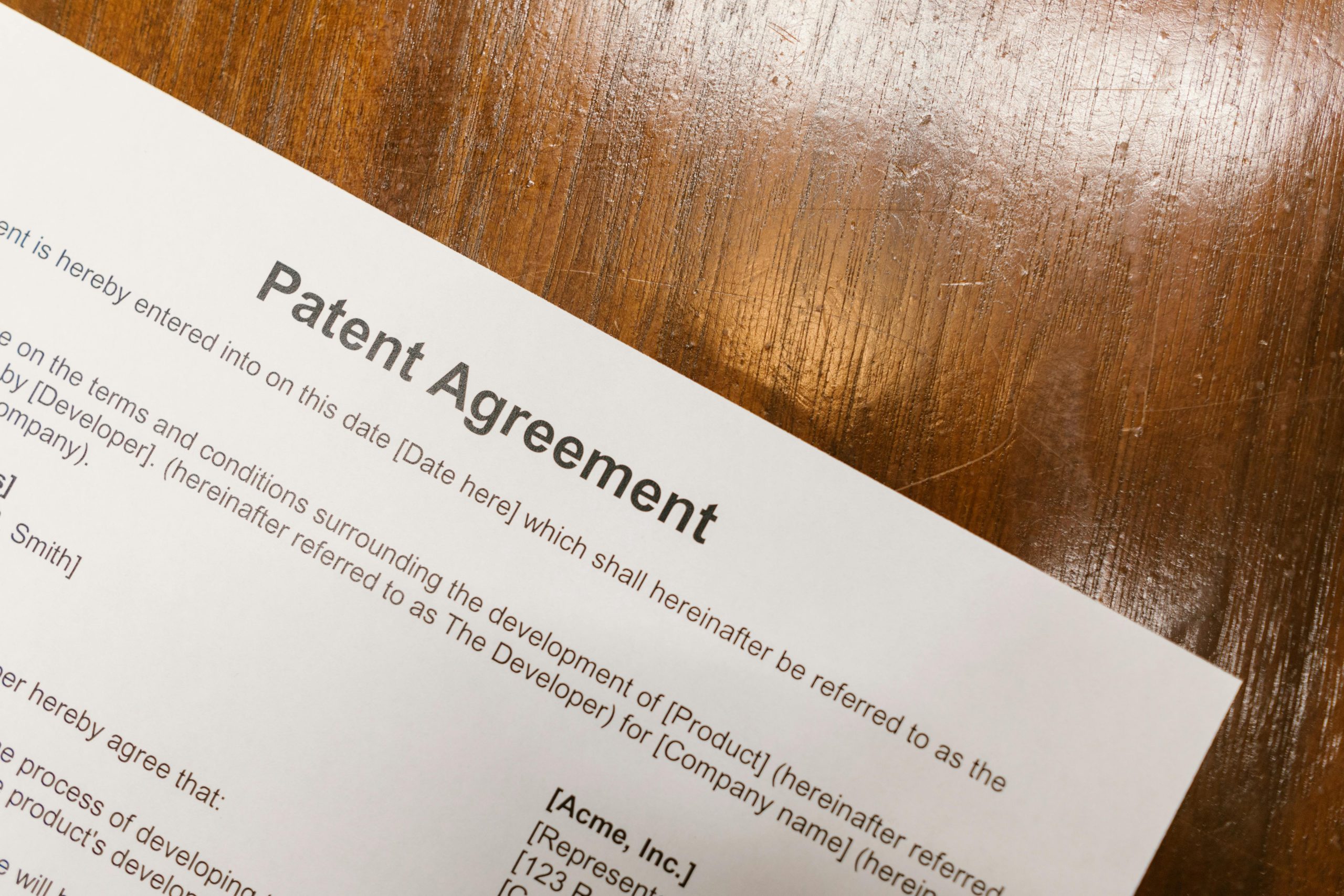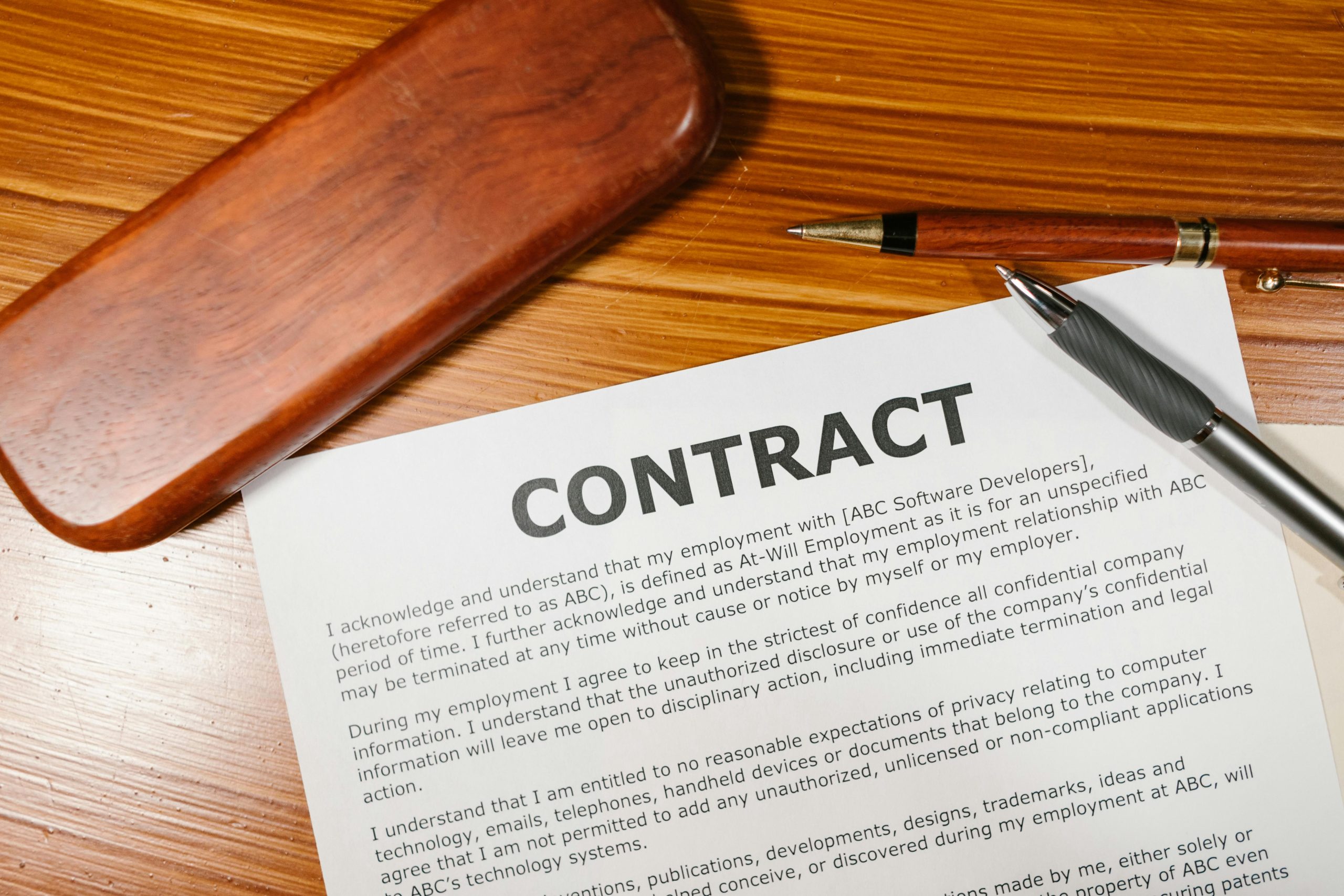Patent
Your legal Right
Understanding Patents
A Comprehensive Guide to Patent Law and Protection
Discover the various types of patents available, which include utility patents, design patents, and plant patents. Each of these categories serves a unique and important purpose in safeguarding different aspects of inventions and designs, thereby providing inventors with the necessary legal protection to secure their intellectual property. Utility patents, for instance, are designed to protect new and useful processes, machines, articles of manufacture, or compositions of matter, making them essential for inventors who have developed innovative functional products or methods. On the other hand, design patents focus specifically on the ornamental design of a functional item, allowing creators to protect the visual appearance of their products, which can be a significant factor in their marketability. Lastly, plant patents are specifically tailored for those who have developed or discovered new varieties of plants, granting them exclusive rights to propagate and sell these unique botanical innovations. By understanding the distinctions among these patent types, inventors can make informed decisions about the most appropriate form of protection for their innovations, ensuring that their hard work and creativity are adequately safeguarded against unauthorized use or reproduction.


The Patent Application Process
Step-by-Step Guide to Securing Your Patent
Navigate the complexities of the patent application process with our comprehensive and detailed guide, designed to empower inventors and innovators at every stage of their journey. Understanding the intricacies of obtaining a patent can be daunting, but our resource breaks down the entire process into manageable steps. We begin with the crucial first step: conducting a thorough patent search. This essential phase helps you determine whether your invention is novel and not already patented, which is vital for ensuring that your application has a strong chance of approval.
Once you have completed your patent search, we guide you through the intricacies of filing your application. This includes choosing the right type of patent—whether it be a utility patent, design patent, or plant patent—based on the nature of your invention. Our guide provides insights into the necessary documentation, the importance of detailed drawings, and how to craft a compelling description that highlights the uniqueness of your invention.
Additionally, we cover the often-overlooked aspect of responding to office actions. This step is critical, as it involves addressing any objections or rejections from the patent office. Our guide offers strategies for effectively communicating with patent examiners and making necessary amendments to your application, ensuring that you remain on track toward securing your patent.
By following our detailed guide, you will be well-equipped to navigate the patent application process with confidence. Whether you are a seasoned inventor or a first-time applicant, our resource is tailored to help you successfully secure your patent and protect your valuable invention. With the right knowledge and preparation, you can turn your innovative ideas into protected intellectual property, paving the way for future success in your endeavors.
Patent Rights and Enforcement
Understanding Your Rights as a Patent Holder
Learn about the extensive rights granted to patent holders, which include the exclusive ability to exclude others from making, using, or selling your invention without your permission. This exclusive right is a fundamental aspect of patent protection, allowing inventors to control how their innovations are utilized in the marketplace. By securing a patent, you gain the legal authority to prevent competitors from capitalizing on your hard work and creativity, thereby providing you with a competitive edge in your industry.
In addition to understanding the rights associated with patent ownership, this section also delves into effective enforcement strategies to protect your patent against infringement. Patent infringement occurs when another party uses, makes, or sells your patented invention without authorization, which can significantly impact your business and revenue. To safeguard your intellectual property, it is crucial to be proactive in monitoring the market for potential infringements and to take appropriate action when necessary.
We discuss various enforcement strategies, including sending cease-and-desist letters to infringers, negotiating licensing agreements, and pursuing legal action if needed. Understanding the legal avenues available to you is essential for ensuring that your patent rights are upheld. Additionally, we explore the importance of maintaining thorough documentation of your invention and any communications related to it, as this can be invaluable in the event of a dispute.
By equipping yourself with knowledge about your rights as a patent holder and the strategies available for enforcement, you can ensure that your intellectual property remains secure. This proactive approach not only protects your invention but also enhances your ability to capitalize on your innovation, fostering growth and success in your entrepreneurial endeavors.

Looking for help?
Contact Us Now!
Patent FAQs
Common Questions About Patents
A patent is a legal right granted to an inventor, giving them exclusive rights to make, use, and sell their invention for a certain period of time.
In most countries, a patent lasts for 20 years from the filing date, after which the invention enters the public domain.
Patents can be granted for new inventions, processes, machines, and compositions of matter, as long as they are novel, non-obvious, and useful.
To apply for a patent, you must submit a detailed application to the relevant patent office, including claims, drawings, and a description of the invention.
Patent infringement occurs when someone makes, uses, or sells a patented invention without the patent holder's permission, which can lead to legal action.
Yes, patent holders can sell or license their patents to others, allowing them to profit from their inventions while retaining ownership rights.
